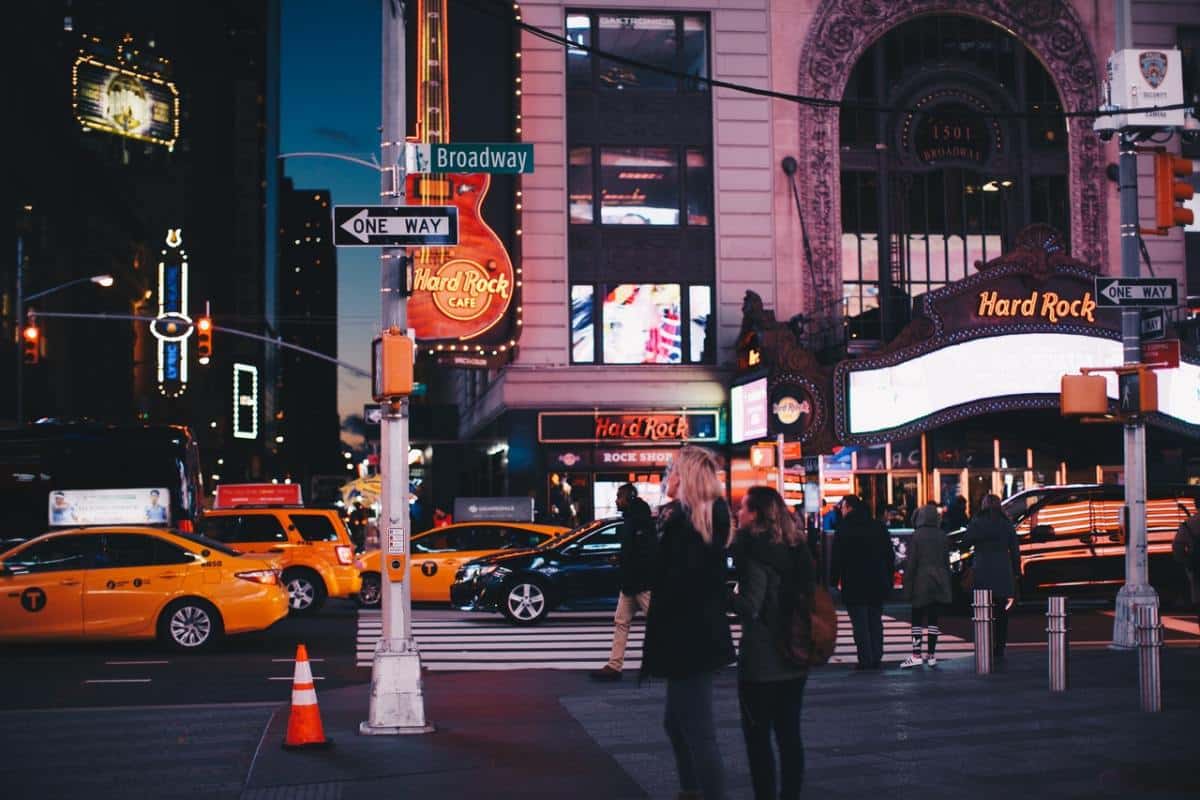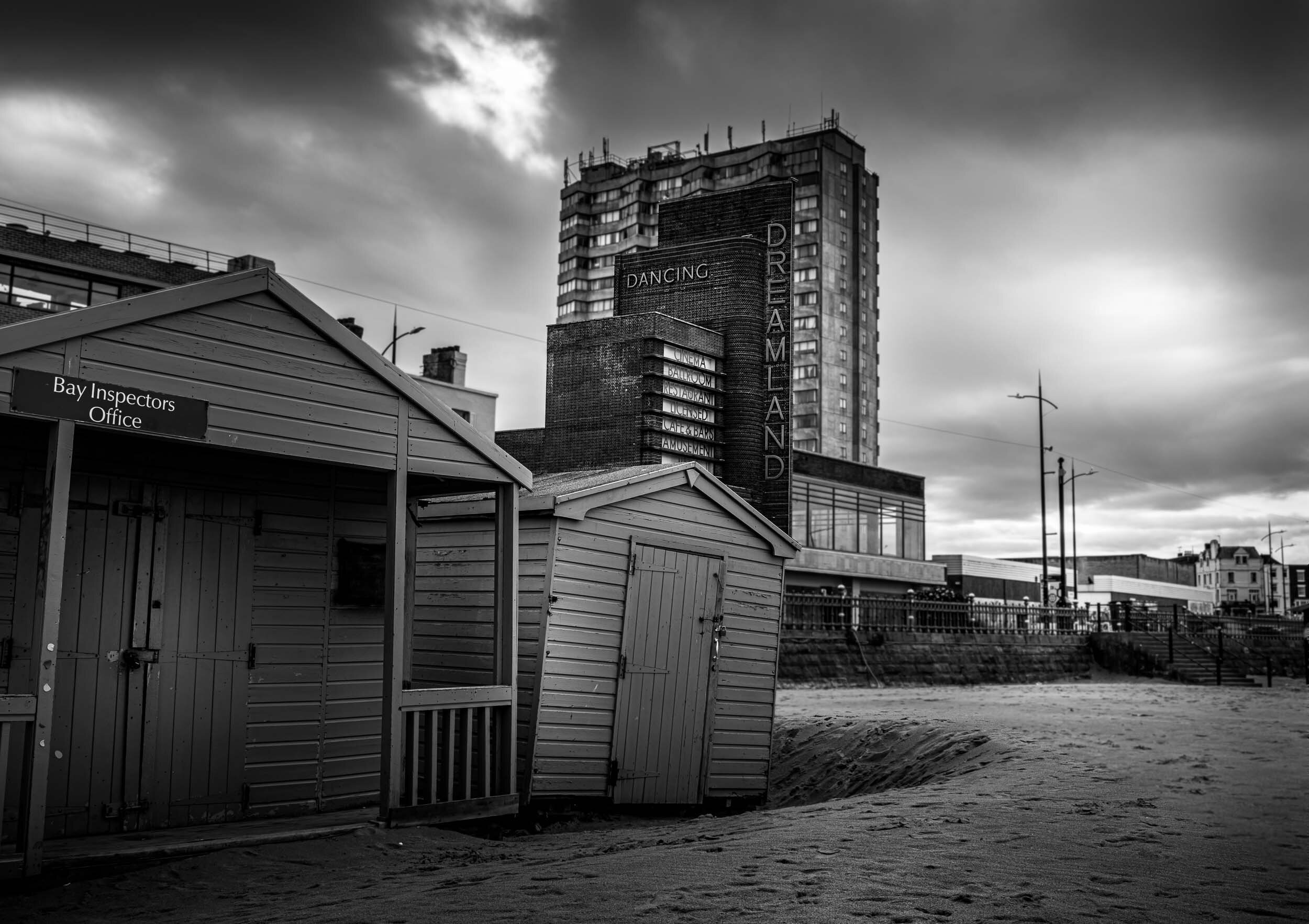Street Photographers - An Overview
Street Photographers - An Overview
Blog Article
Unknown Facts About Street Photographers
Table of ContentsOur Street Photographers DiariesThe Definitive Guide to Street PhotographersStreet Photographers Things To Know Before You Get ThisAbout Street Photographers3 Easy Facts About Street Photographers Described
A style of digital photography that documents everyday life in a public area. The very publicness of the setup enables the photographer to take candid pictures of complete strangers, typically without their knowledge. Street photographers do not necessarily have a social objective in mind, but they favor to separate and record moments which might or else go unnoticed (Street Photographers).Though he was influenced by a lot of those who influenced the street digital photographers of the 1950s and '60s, he was not mainly curious about catching the spirit of the road. The impulse to visually record people in public began with 19th-century painters such as Edgar Degas, douard Manet, and Henri de Toulouse-Lautrec, that functioned side by side with digital photographers attempting to record the significance of metropolitan life.
As opposed to Atget, photographer Charles Marville was hired by the city of Paris to produce an encyclopaedic record of Haussmann's metropolitan planning project as it unravelled, hence old and brand-new Paris. While the photographers' topic was basically the exact same, the results were noticeably different, showing the effect of the photographer's intent on the personality of the pictures he produced.
Offered the fine top quality of his photographs and the breadth of product, engineers and musicians typically bought Atget's prints to make use of as recommendation for their own work, though business passions were hardly his primary motivation. Rather, he was driven to photo every last residue of the Paris he enjoyed.
The smart Trick of Street Photographers That Nobody is Discussing
They reveal the city through his eyes. His job and essential understanding of photography as an art form functioned as ideas to generations of digital photographers that followed. The next generation of street photographers, though they likely did not describe themselves thus, was ushered in by the photojournalism of Hungarian-born professional photographer Andr Kertsz.
Unlike his peers, Brassa utilized a larger-format Voigtlnder electronic camera with a longer exposure time, forcing him to be a lot more calculated and thoughtful in his technique than he might have been if making use of a Leica. (It is believed that he might not have actually been able to pay for a Leica back then, however he did, nevertheless, use one in the late 1950s to take colour photographs.) Brassa's pictures of the Paris abyss illuminated by man-made light were a discovery, and the compilation of the collection that he published, (1933 ), was a major success.
Cartier-Bresson was a champ of the Leica video camera and among the initial digital photographers to optimize its capacities. The Leica allowed the professional photographer to interact with the environments and to capture minutes as they took place. Its fairly tiny dimension additionally assisted the digital photographer discolor right into the background, which was Cartier-Bresson's preferred technique.
See This Report about Street Photographers
It is due to this fundamental understanding of the art of image taking that he is usually attributed with rediscovering the medium throughout again approximately a century given that its invention. He took photographs for more than a half century and influenced generations of professional photographers to trust their eye and intuition in the minute.
These are the questions I shall attempt to answer: And then I'll leave you with my very own definition of street digital photography. Yes, we do. Allow's start with defining what a definition is: According to (Street Photographers) it is: "The act of defining, or of making something guaranteed, distinct, or clear"
No, definitely not. The term is both restricting and deceiving. anonymous Sounds like a street digital photography should be photos of a streets appropriate?! And all road professional photographers, with the exception of a handful of outright novices, will fully appreciate that a street is not the vital component to street photography, and really if it's a photo of a road with maybe a couple of monotonous individuals doing absolutely nothing of interest, that's not road digital photography that's a picture of a road.
Some Known Facts About Street Photographers.
He makes a valid factor do not you assume? While I concur with him I'm not certain "honest public digital photography" will catch on (although I do kind of like the term "candid digital photography") since "street digital photography" has been around for a lengthy time, with numerous masters' names connected to it, so I think the term is here to stay (Street Photographers).
Inside?! I hear you scream as you shake your clenched fist to the sky. Why not? You can fire at the beach, at an event, in a street, in a park, in a piazza, in a cafe, at a museum or art gallery, in a city terminal, at an occasion, on a bridge, under a bridge ...

The Best Guide To Street Photographers

Report this page